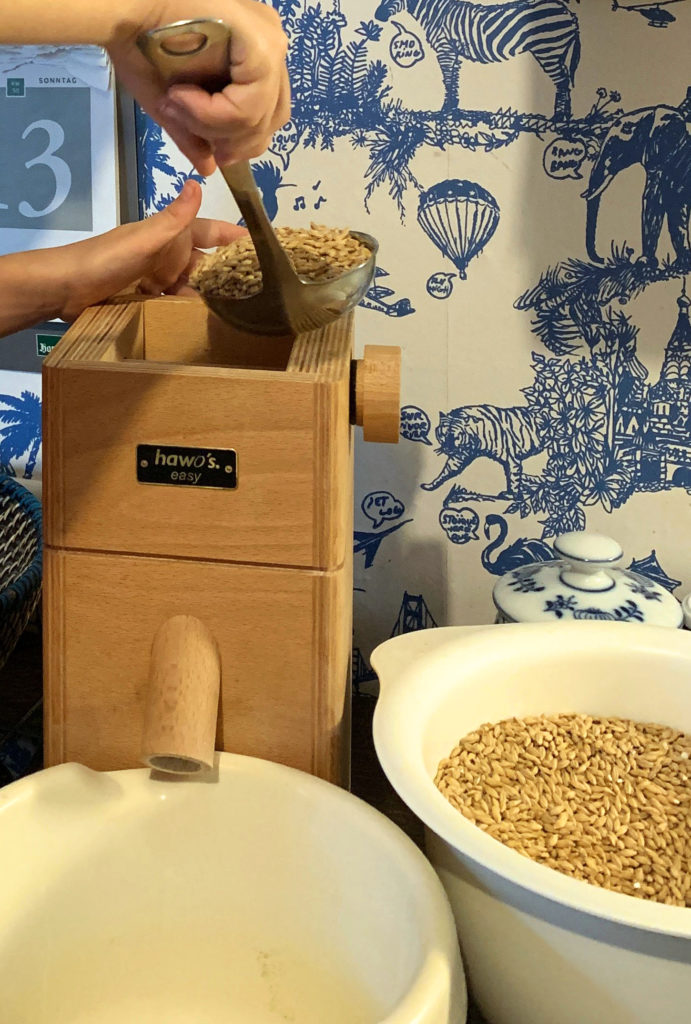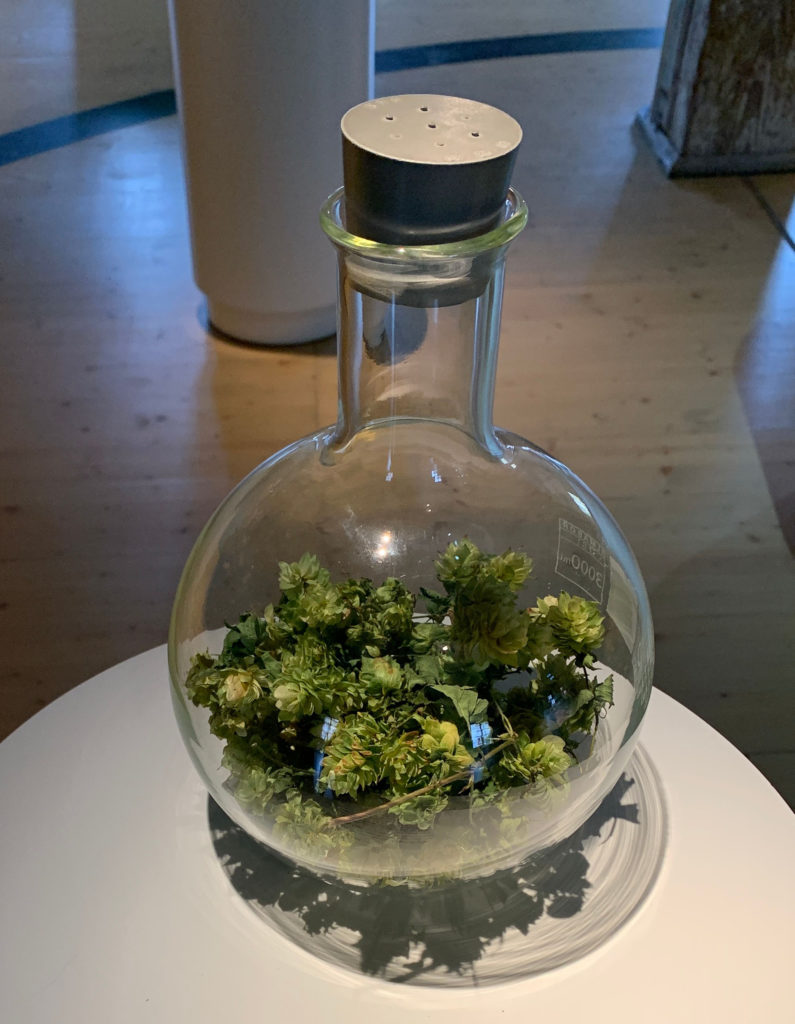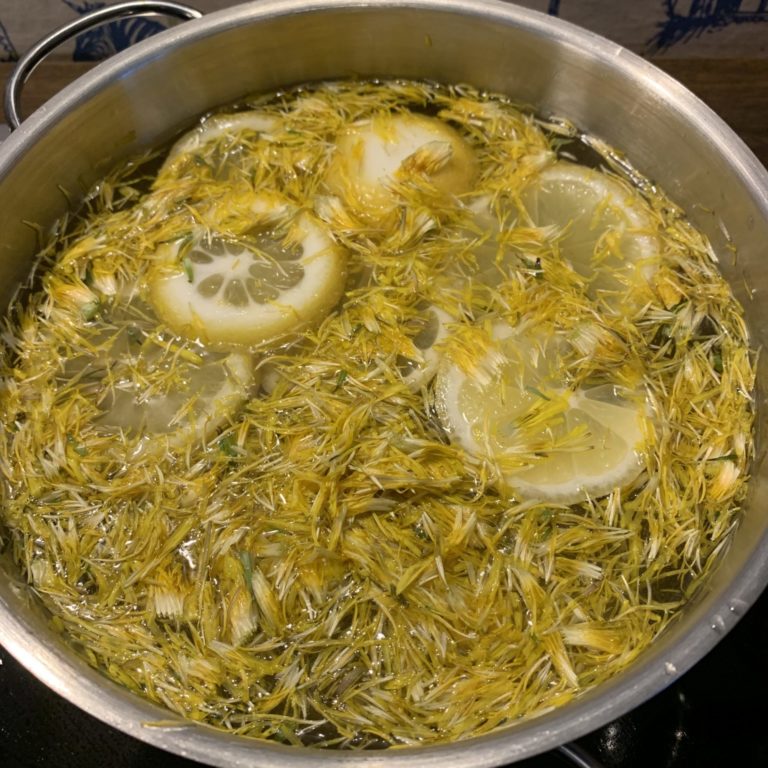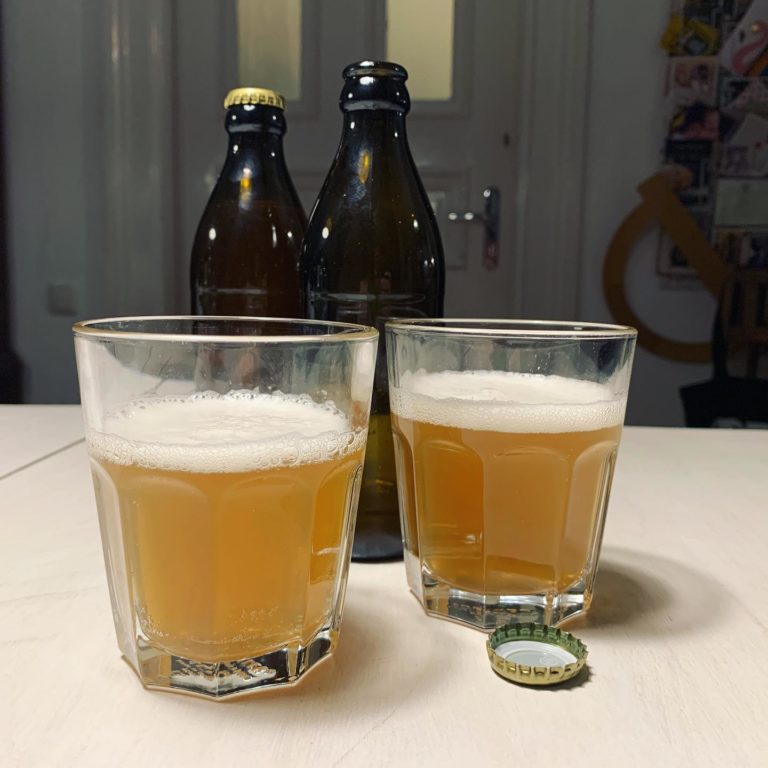To brew good beer yourself and to be able to move freely in the flavors, it is good to have some background knowledge about the ingredients for craft beer. Fortunately, for a good beer these are only water, hops, malt and yeast.
Hopfen und Malz, Gott erhalt’s!
Traditional German saying
water
Beer contains over 90 percent water, so water quality is also important for brewing beer. The water must be clean, and of course free of bacteria and odors. Furthermore, the pH value and water hardness are important for brewing. A moderate hardness as well as a medium alkalinity are ideal for the brewing process.
Pale and hoppy beers, such as Pale Ale, need a low to medium water hardness of maximum 10° dH. If your tap water is harder, you can easily lower the pH value by simply adding 100 grams of sour malt during mashing, preferably freshly ground. Details about the drinking water quality at your home you can ask directly at the responsible waterworks.
Malt
is nothing other than germinated grains. The germination process is elementary, as the enzymes that convert starch to sugar in the mash are created in the germination process. There are light and darker types of malt, and the respective color results from the degree of roasting. Barley, wheat, rye, spelt, oats, caramel malts and smoked malts are commonly used for brewing beer. In Germany, barley malt is used most frequently.
Malt can be purchased already ground or not ground. You can store the whole malt for a longer period of time without any loss of quality, but then you need to be able to grind it yourself.


Milling malt by yourself with the grain mill, aroma hops in the hops museum of the village Spalt, Franconia, Germany.
Hops
Essential for the aroma profile of a beer, hops is one of the crucial ingredients for craft beer. It provides the character and quality of the bitter flavors. Hops also increases the shelf life of the beer due to its bactericidal bitter substances. Its antiseptic power was described by Hildegard von Bingen in 1153 AD with the words putredines prohibet in amaritudine sua (lat., its bitterness prevents putrefaction).
On top of that, hops are an effective remedy with a calming effect and were named medicinal plant of the year in 2007.
A distinction is made between bitter hop varieties and aroma hop varieties, with the name describing their meaning. Their characteristics can be recognized by the proportion of α-acids. It ranges from 3-9% in aroma varieties to 12-20% in bitter varieties. However, aroma varieties have a significantly higher concentration of essential oils or polyphenols, which can determine the taste of the beer.
Not only the choice of hop variety and the quantity are decisive, but also the timing of hop addition during brewing. The earlier in the brewing process the hops are added and boiled, the more bitter the wort will be.
Yeast
Brewer's yeast is a single-celled microorganism that converts the sugar present in the malt into alcohol and carbon dioxide, thus ensuring alcoholic fermentation. To put it very briefly: Without yeast, there is no alcohol. The name Louis Pasteur, which you may have already heard from me on the subject of vegetable fermentation, should not go unmentioned in connection with brewer's yeast. The researcher proved that the presence of microorganisms is essential for fermentation.
There are several different yeasts that influence fermentation, sedimentation and ultimately the flavor profile of the beer. The easiest decision is certainly between bottom-fermenting (Saccharomyces carlsbergensis) and top-fermenting cultured yeast (Saccharomyces cerevisiae), depending on whether you are brewing a bottom-fermented or top-fermented beer.
I also consider the flocculation properties of yeasts to be interesting. Flocculation describes how quickly and thoroughly the yeast cells sink to the bottom after fermentation and form a compact set at the bottom of the bottles. Since I like clear beer, I prefer yeasts with good flocculation properties.
Brewer's yeast comes in dry and liquid form. The dry form has a long shelf life and is easy to handle, which is why I recommend using it.





Gibt es einen Newsletter?
Wenn ich ein Bügelglas verwende, muss ich den Inhalt dann dennoch mit einem Wrckdeckel beschweren ?
LG
Hej Manuela,
für einen Newsletter fehlt mir momentan die Zeit, aber ich poste häufig auf instagram. Viele Beiträge dort haben vertiefende Informationen!
Beschweren muss nur sein, wenn das Fermentiergut sonst Auftrieb hätte und über die Lake gelangen würde.
Gutes Gelingen!
Katsu